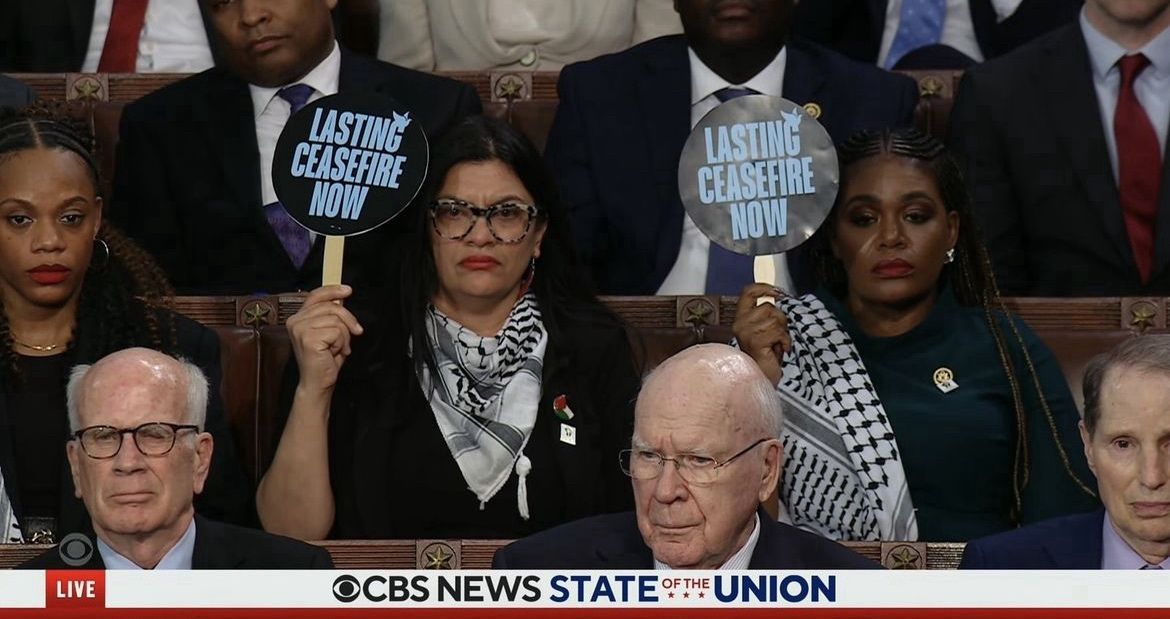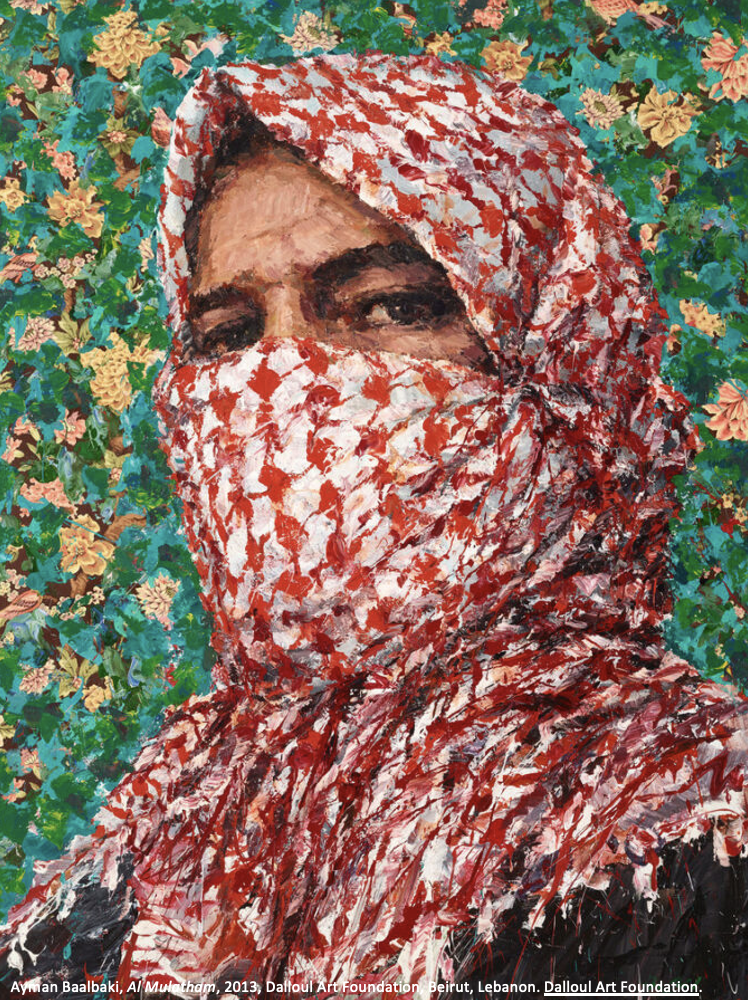We need your help to better understand and share Palestinian perspectives and experiences.
Palestinian Americans have few oral histories compared to other cultural groups in the United States. The Arab and Muslim Women’s Research and Resource Institute (AMWRRI), in collaboration with faculty and students at Marquette University, have created an interview to record and share the histories of Palestinians who were born in or immigrated to the United States.
To read more and participate in our project, please send a signed consent letter to our team at info@amwrri.org.
The kufyyah/kuffia/keffiyeh (can be written in different ways) can be called by different names in different Arab regions – such as shmagh/shemagh, ghutra, or hatta.
The kufiya is linked to Palestinian livelihood, tradition, heritage, customs, and fashion similar to Palestinian thawbs/thobs (meaning dress.) After the Nakba, the catastrophe, in which Palestinians were uprooted from their land, it became associated with Palestinians’ sense of belonging and survival as a displaced population against attempts to conceal their existence as a group and nation. Across the globe, the kufiya is known as a symbol of solidarity with the Palestinian cause.
The kufiya has social and environmental connotations. In Palestine, historically it was worn by Palestinian Fellaheen/villagers/peasants – and fishermen on the east coast of the country – because it kept them warm in winter and protected them from the sun in summer while tending their lands and crops. When harvesting and sowing wheat and other crops, the kufiya is used to protect the mouth and eyes from dust, dirt, and sand. It is also used to wipe sweat while working on the land. The design represents olive tree patterns, as olive trees are a major crop in many regions in Palestine and many Palestinians rely on them for their livelihood. The olive trees have been passed from one generation to another for centuries. The pattern is also a fishnet connected to Palestinian people on the east coast, whose main way of life is fishing. The third meaning of the kufiya is represented by its bold pattern, standing for the trade route and strategic location of Palestine.
It is also an expression of identity across the Arab world and most Arab countries/regions adopt their own version of it, so differences in colors and patterns are representative of regional and national differences. It is usually made of white cotton; the checkered pattern in red is usually associated with Jordan and Gulf countries while black is associated with Palestine, Lebanon, Egypt, and Syria. Arabs across the Middle East link the kufiya to their long history in the region. For people from Arab countries, it has meanings and emotions that represent local and regional identity.
 It is now a fashion statement that symbolizes cultural significance and resistance against attempts at cultural appropriation.
It is now a fashion statement that symbolizes cultural significance and resistance against attempts at cultural appropriation.
It is a clear statement that we exist as a nation. The surged use of kufiya and other Palestinian cultural clothing is related to attempts to revive and re-envision cultural clothes that have become linked to national identity and survival. The Palestinian dress, for example, is an embodiment of de-colonial activism led by women (and some men) who revitalize and popularize it by recreating it in different forms of fashion such as straps for cameras, women’s pages and purses, hair ties, shawls, shirts, dresses… etc. It symbolizes connection to the land and connection among Palestinians scattered around the world.
Because it represents the history, existence, and sense of belonging of Palestinians, and it is a clear symbol of resistance to all attempts of oppression and concealment of identity, its use infiltrates the occupier and its supporters, and therefore, Palestinians are attacked even for presenting themselves through this scarf, the kufiya. Palestinians – including Palestinian students on campuses – are targeted with hate crimes because of simply wearing a kufiya that represents their identity as Palestinians.
Palestinians wear it with a sense of pride. They are targeted simply because they are Palestinians, and using the kufiya to stress their identity might irritate Zionists and white supremacists. Palestinians wear the kufiya and cultural clothes at weddings, special occasions, and in protesting oppression and occupation. They wear it daily to stress their belonging and existence against all sorts of concealments.
– Dr. Enaya Othman
To learn more about Arab and Muslim cultural clothing, visit our Cultural Clothing Project Page.
To read stories from Palestinians on the importance of cultural clothing, visit our Palestine Page.

